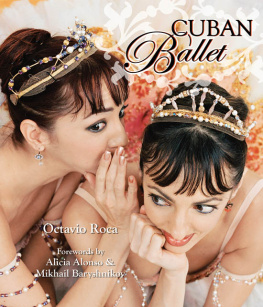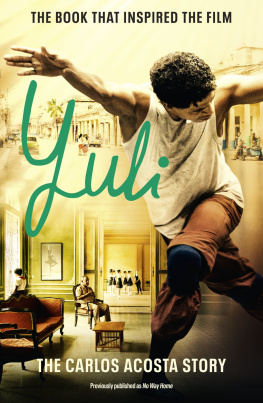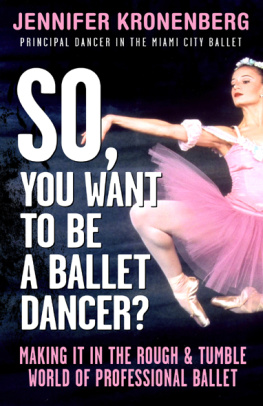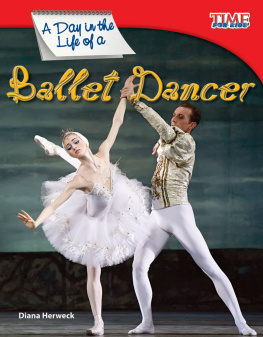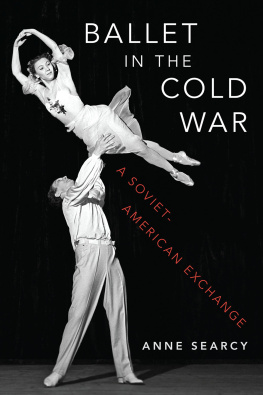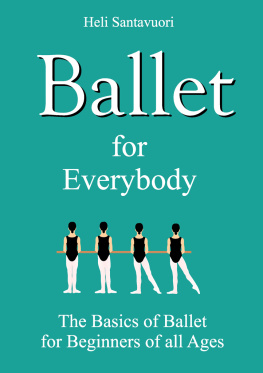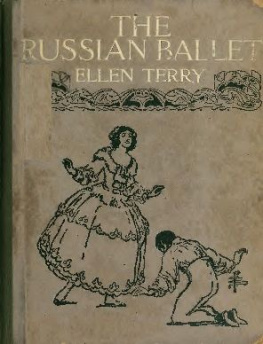All rights reserved. No part of this book may be reproduced by any means whatsoever without written permission from the publisher, except brief portions quoted for purpose of review.
Foreword by Alicia Alonso
I am often asked what makes our ballet Cuban, but definitions and descriptions are not easy. When it comes to the Cuban School of Ballet, the task before me is always both challenging and complex, for here is movement as a pure form of expression, and it is difficult to put into words what is in practice a phenomenon expressed precisely in the movements, gestures, dynamics, shadings, and accents of dance itself. We are of course speaking of a school in the sense of a particular way of dancing, of expressing ourselves, and using classical technique in a particular way. We are also speaking of style, of aesthetics, of taste, and of other factors that over several generations have emerged as belonging to a particular place. We should be clear that there are not many such schools. There are countries that have good dancers, many ballet companies, and fine centers for the artistic formation of dancers, yet they do not have a recognizable school. Today we can admire the presence of a few great national schools, and we also cannot fail to notice some whose full splendor lies in the past but have devolved or declined as a result of historical circumstances. There once was a Russian School, which later developed into the Soviet Schoolwhich is not the samethat incorporated over half a century of new technical, cultural, and stylistic elements. There is the Danish School, usually identified with August Bournonville, the great ballet master and choreographer who systematized it and gave it a distinctive physiognomy. There are the French and English schools, this last of more recent origins. There is some discussion of the existence of an American school, difficult to delineate because the great dance figures in the United Statesits dancers, ballet masters, and choreographersthemselves come from various schools, but doubtless there is an American school. And there is a Cuban School of Ballet, recognized by critics over several decades, but also the youngest among schools in the world today.
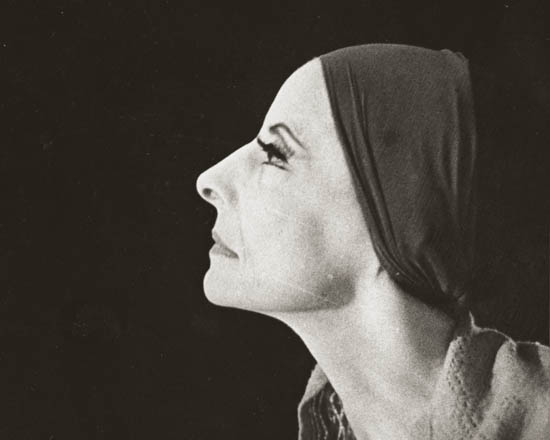
Alicia Alonso. Courtesy of the Ballet Nacional de Cuba, photo by Frank Alvarez.
A ballet school has its foundation, first of all, in a countrys national culture and in the talent unique to a people to express itself in dance. Classical technique is layered on this foundation. Academic ballet is, frankly, the same all over the world. When that classical technique is assumed in a country with its own distinctive culture, and when within that technique are assimilated a peoples national culture, the labors of its ballet masters and its dancers, that technique begins acquiring unique shadings. This is not to say that the principles of a dancers academic training are changed or that historical styles and traditional choreographies are adulterated. It means rather that these dancers begin dancing everything they dance with a different accent.
There is no clear recipe for this, no written set of rules. Such a definition would be impossible for any of the schools of ballet. Common qualities emerge collectively, however, and they are unmistakable. There are, of course, differences in the methodologies of ballet training, in the way to use steps, in the order of exercises, the combinations, and the dynamics. And each individual dancer is herself a world of peculiarities. But the matter is more complex than that. Today, for example, the Royal Ballet, Covent Garden is the maximum expression of the English School of Ballet. But to analyze that school it is not enough to notice whether or not British dancers execute steps one way or another, but also to consider their own way of interpreting their repertory, mainly the classics.
To speak of the Cuban School of Ballet, we first take note of its roots. I can do this only briefly here, but I will mention that Cubas theatrical dance tradition goes back to the eighteenth century, with a string of Spanish and other European companies that regularly visited the country and helped create a dance public. In the nineteenth century we had the privilege of hosting several seasons with the great Austrian Romantic ballerina Fanny Elsser, and in the twentieth Havana saw the mythical Anna Pavlova. Havana, due to its geographical location, was a logical stop for the many artists and companies touring the New World in the nineteenth and early twentieth centuries, and this helped immensely in creating an awareness and a love of dance in Cuba.
Professional Cuban ballet emerged decisively in 1931 with the creation of the Escuela de Ballet de Pro-Arte Musical de La Habana, directed by the Russian ballet master Nikolai Yavorsky, my first teacher. It was with Yavorsky that those of us responsible for spearheading ballet in Cuba studied. We soon left to study in the United States, where, it must be said, there was no single homogeneous school but rather there were several brilliant ballet masters teaching in their own distinctive ways. I did not dance with anything like an Alonso style at the time, but I did choose what I thought served my dancing best from the many great teachers and choreographers with whom I worked. As my career grew, I did not limit myself to having an international presence. Together with Fernando Alonso, then my husband, and with my brother-in-law, Alberto Alonso, we founded the Ballet Alicia Alonso in 1948. This was the company that became the Ballet Nacional de Cuba. It was in the 1940s that the three of us began thinking seriously about the matter of teaching, to analyze the details of the methodology of ballet class. At first we established a simple system taken from many schools but mainly from our own experience in the School of American Ballet. It was from this base that we set off on our own, and Fernando and I helped Alberto Alonso in developing a pedagogical system, when he was appointed to run the Escuela de Pro-Arte Musical.
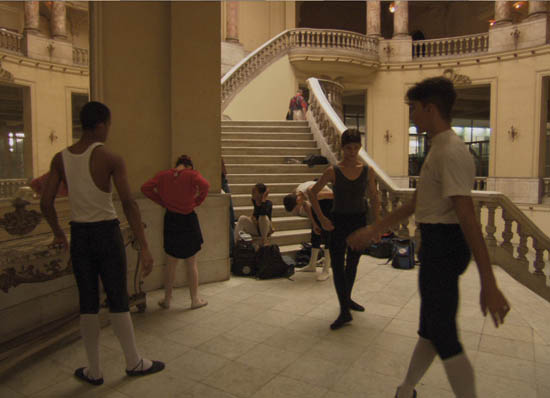
Escuela Nacional de Ballet students between classes, Havana. Courtesy of Illume productions/Candela, photo by Christina Thompson.
In my long career I have worked directly with great choreographers such as Fokine, Balanchine, Nijinska, Massine, Tudor, Loring, Agnes de Mille, Robbins, and others. They and others helped and enriched the Ballet Nacional de Cuba. But they helped only as tempered by our own traditions, our roots, and our idiosyncrasies.
When I danced in the Soviet Union in 1957 and 1958, I returned to Havana to share my experiences from Moscow, Leningrad, and Riga with our dancers and ballet masters. But we always remained vigilant, wary of mimetism; we used our criteria to determine what worked and what did not in our own dancers bodies, what helped us best aim for our own concept of beauty, of elegance, and of grace. We noticed there were certain accents that appeared more frequently on our dancers, in Cuban or other Hispanic American dancers, certain virtues, a certain facility. We integrated these, all along studying how to teach them. We also noted with pleasure our own absence of racial prejudice, our assurance in that matter. We came to the opinion that there are no unsalvageable ethnic characteristics in ballet. You can feel this conviction today in our Ballet Nacional de Cuba. To take one example, in Act Two of our

